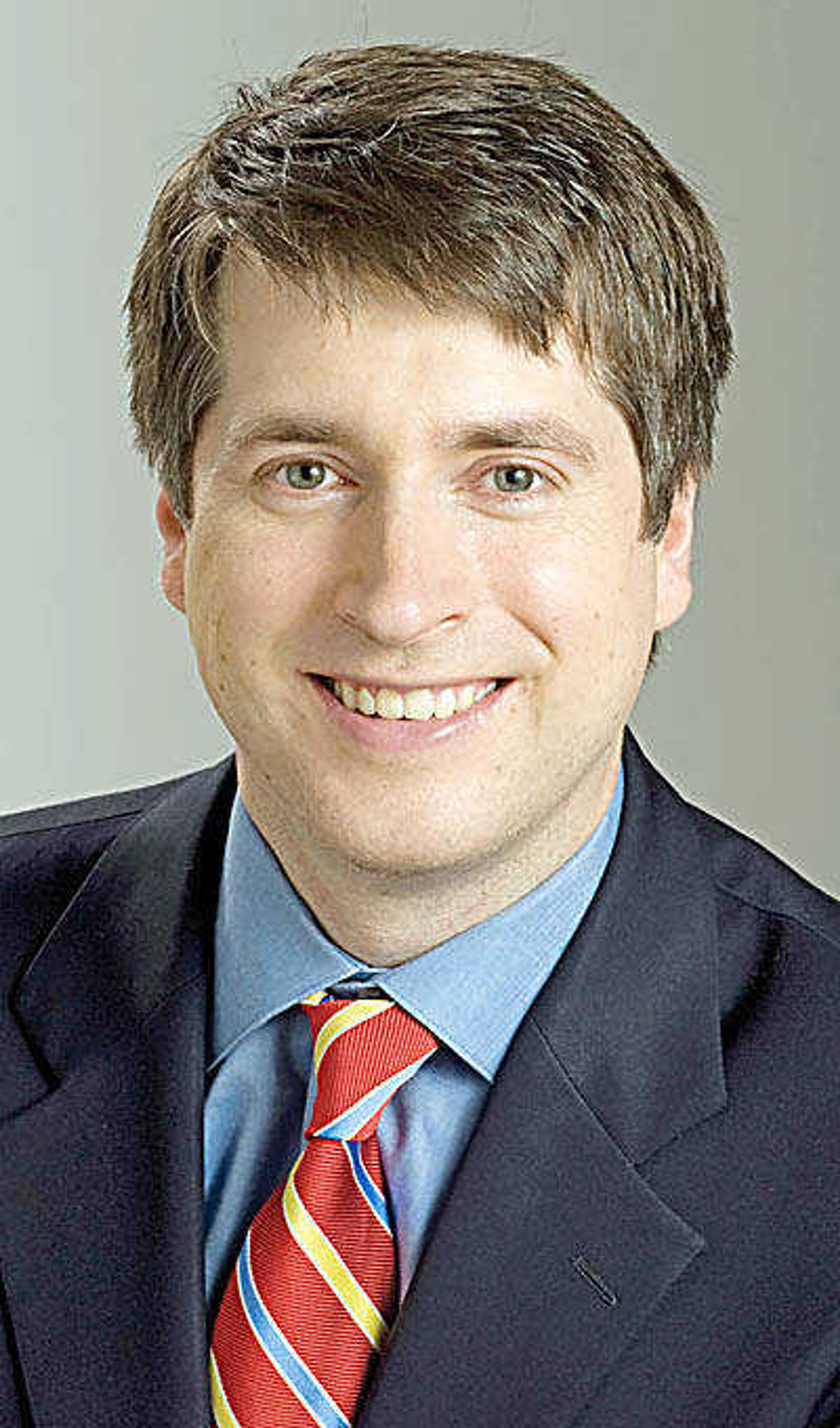Thanksgiving is not a lie
We live in a time of heedless iconoclasm, and so one of the country's oldest traditions is under assault. Thanksgiving is increasingly portrayed as, at best, based on falsehoods and, at worst, a whitewash of genocide against Native Americans. The New York Times ran a piece the other day titled, "The Thanksgiving Myth Gets a Deeper Look This Year," bristling with hostility toward the day of gratitude and noting that "the holiday arrives in the midst of a national struggle over racial justice." (The paper is admirably consistent -- a couple of years ago it ran an article headlined, "Everything You Learned About Thanksgiving Is Wrong."). ...
We live in a time of heedless iconoclasm, and so one of the country's oldest traditions is under assault.
Thanksgiving is increasingly portrayed as, at best, based on falsehoods and, at worst, a whitewash of genocide against Native Americans.
The New York Times ran a piece the other day titled, "The Thanksgiving Myth Gets a Deeper Look This Year," bristling with hostility toward the day of gratitude and noting that "the holiday arrives in the midst of a national struggle over racial justice." (The paper is admirably consistent -- a couple of years ago it ran an article headlined, "Everything You Learned About Thanksgiving Is Wrong.")
When Arkansas Sen. Tom Cotton slammed the Times piece, as well as the newspaper's stilted and dishonest 1619 project, the Pulitzer Prize-winning architect of that venture, Nikole Hannah-Jones, replied with incredulity. "Imagine calling the 1619 Project debunked in order to defend a childish Thanksgiving myth," she tweeted.
Childish myth? It's true that debunkers can score some easy points.
The term "Pilgrims" wasn't popularized until later. They didn't wear dour clothes. They didn't consider their iconic gathering in 1621 a formal Thanksgiving, which would have been given over to solemn religious observances. And so on.
But the basic contours of the holiday are recognizable in that long-ago event. The settlers who had arrived in the Mayflower in 1620, and survived a brutal winter that killed half of them, feasted, enjoyed games, and marveled at the material abundance of their new home.
One of them, Edward Winslow, wrote a friend that "our harvest being gotten in, our governor sent four men on fowling, that so we might after a special manner rejoice together after we had gathered the fruits of our labors." He noted that "among other Recreations, we exercised our Arms." He concluded, "although it be not always so plentiful, as it was at this time with us, yet by the goodness of God, we are so far from want, that we often wish you partakers of our plenty."
It's not inconceivable that they ate turkeys. Plymouth Gov. William Bradford wrote of that autumn, "besides waterfowl there was a great store of wild turkeys, of which they took many."
And they celebrated, as we've all always learned, with friendly Indians. Edward Winslow recorded "many of the Indians coming among us" and "for three days we entertained and feasted, and they went out and killed five Deer."
Tribes in the region had been devastated by disease after contact with Europeans, but easily could have eliminated the settlement. Instead, the leader of the Wampanoag forged an agreement with them, with an eye to a potential ally against the rival Narragansetts.
Finally, the legendary Squanto did indeed provide essential assistance. He belonged to the Patuxet band that had lived in the Plymouth area and had been completely wiped out by the epidemic.
Finding his people gone (he had been kidnapped by an Englishman and sold into slavery in Spain before escaping), he joined with the Pilgrims and taught them indispensable skills, including how to plant corn. Bradford called him "a special instrument sent of God." He was a translator, guide and, importantly, the chief envoy between the Pilgrims and neighboring tribes.
The peace with the Wampanoag lasted about 50 years. It's a mistake to read future conflict back into the 1621 feast, a moment of comity and hopefulness.
As Melanie Kirkpatrick explains in her history of the holiday, New England colonies eventually established annual general Thanksgiving days. Thanksgiving as we know it arose from these days and the memory of the 1621 event, with layers of tradition added over time (the formal date in late November, the cuisine, the association with football, etc.).
If we didn't have such a day -- to stop and express gratitude to our Creator, to be thankful for the abundance of this great land, to gather with friends and family -- we really would have to invent it.
Connect with the Southeast Missourian Newsroom:
For corrections to this story or other insights for the editor, click here. To submit a letter to the editor, click here. To learn about the Southeast Missourian’s AI Policy, click here.










